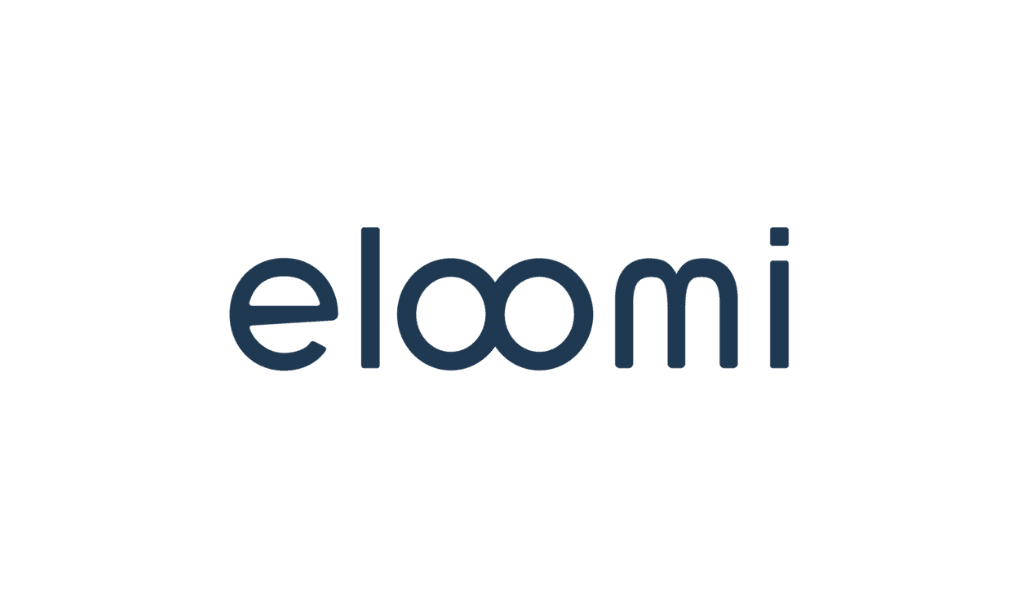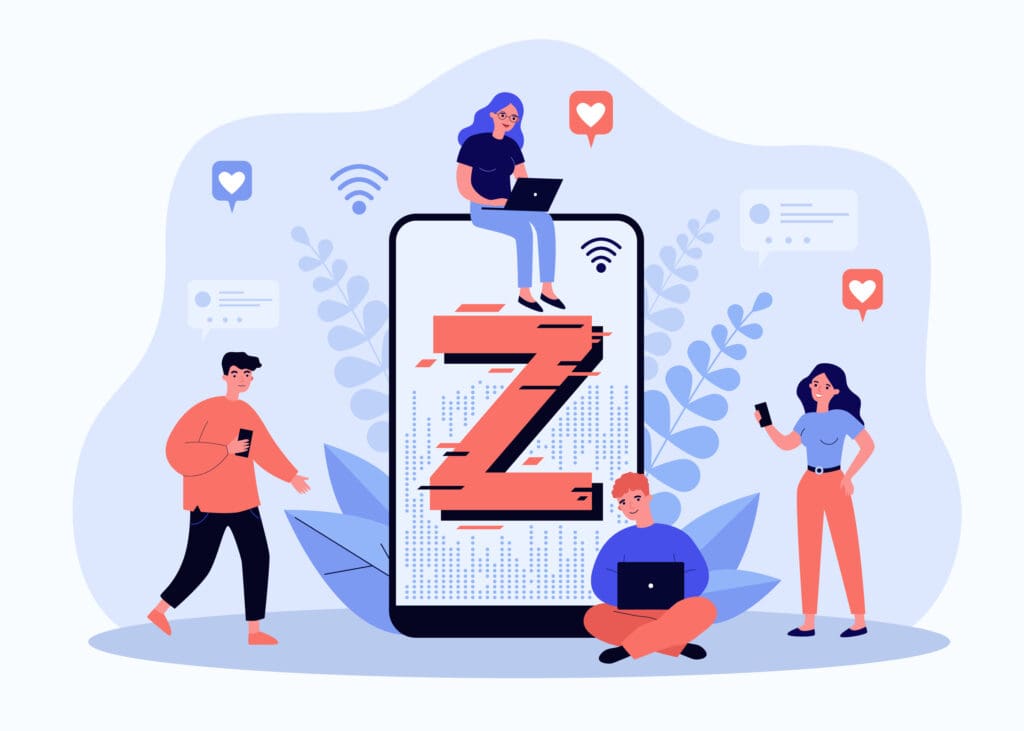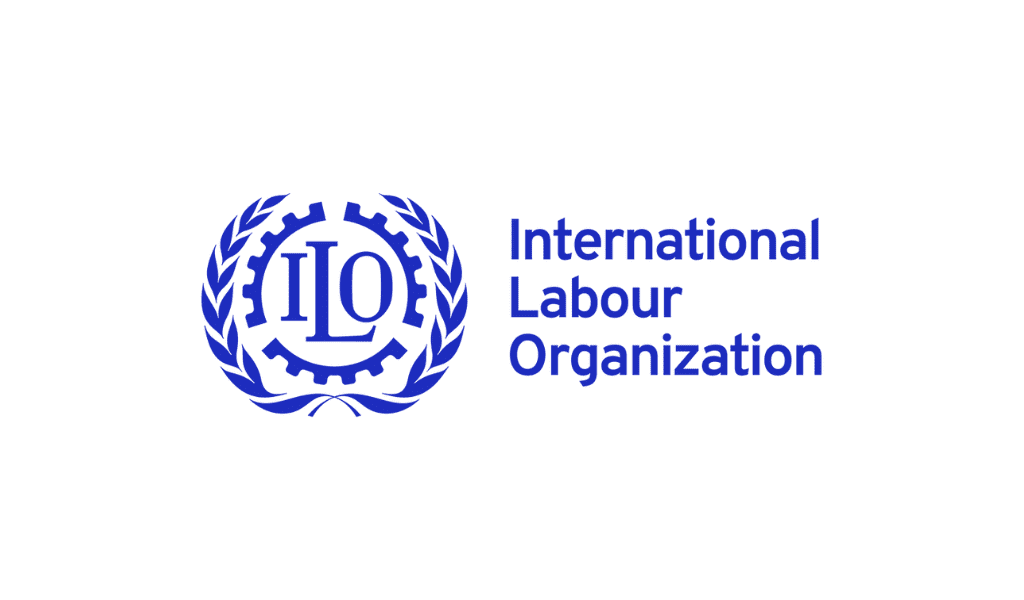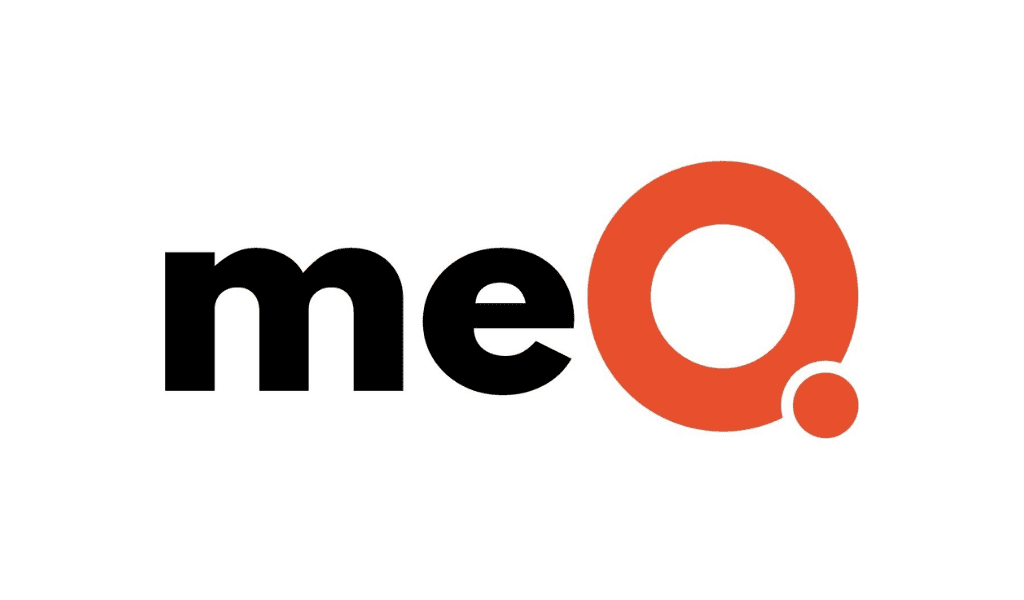Gen Z employees will make up 30% of the U.S. workforce by 2030. What should HR do to prepare?
By Paaras Parker
Gen Z Poppin’ Off: 30% by 2030, No Cap—this potential headline is in fact AI’s impersonation of a member of the Gen Z cohort, along with this helpful explanation: “‘Poppin’ off’ means becoming prominent, ‘no cap’ for emphasis.” HR professionals will be seeing a lot of headlines about Gen Z as they officially become the “new kids on the block”—that one’s for Gen X workers. Members of Gen Z are between the ages of 12 and 27, and by 2030, they’ll make up 30% of the U.S. workforce, according to the U.S. Bureau of Labor Statistics.
Demographic realignments are entirely predictable, but whenever a new cohort takes center stage, their appearance generates a flurry of hot takes. It was thought that baby boomers, accustomed to stability and dedicated to a single company for life, would resist disruptive technology, but for the most part they embraced it and now live in the cloud with the rest of the world. It was also thought they’d retire en masse, and while waves of retirements have hit some sectors, many baby boomers have opted for part-time work or consulting gigs. Latchkey Gen X kids were characterized as cynical slackers, but they ended up being hard workers, especially on projects they believed in. Millennials were supposed to be the faint of heart generation coddled by participation trophies, but they proved to be ambitious, entrepreneurial, and team oriented. Now comes Gen Z and with them, scary headlines like “Gen Z At Work – 8 Reasons To Be Afraid.”
Everyone is shaped by generational forces and Gen Z will be no exception. They’re the first truly digitally native generation with no real memory of the analog world. They grew up in the shadow of 9/11 but don’t remember that day. They felt the effects of the great recession on their families and communities. If they are an anxious generation (and studies suggest they are), they have good reason—growing up in an age of school shootings, climate change, and a global pandemic. And yet like previous generations, there are already signs of how Gen Z will surprise society. Based on years of study and interviews, Stanford paints a picture of Gen Z as compassionate, collaborative, nonhierarchical, and pragmatic. Gen Z has a lot to bring to the table and organizations can benefit from their contributions.
How Can Companies Prepare for the Rise of Gen Z?
Here’s where organizations need to be careful. Leaders shouldn’t hyper focus on Gen Z, the shiny new generation that’s getting all the media attention. Focusing on any one generation in the multigenerational workforce can be problematic. There’s the risk that older generations will feel alienated in an attempt to over-address the perceived unique needs of the “new kids.” And there’s the risk that too much attention to Gen Z can backfire and create a “cater to me” sense of entitlement that is more self-fulfilling prophecy than anything innate to them.
Instead, go back to basics. Everyone wants to work for a company they believe in, so start there. Companies should effectively communicate their purpose and mission and make it accessible and inclusive. That way, they’ll be coming at the challenge of onboarding a multigenerational workforce from a holistic perspective versus trying to microtarget and overly personalize. Once that foundational trust is established, then they should empower leaders and frontline managers to build relationships with their teams. Everyone wants to see how their roles and responsibilities contribute to the shared purpose and the overall vision of the company. This is one reason why managers are so important. A good boss helps employees connect the dots between their personal ambitions, skills, and career paths, and the larger purpose of the organization.
While Gen Z’s lives are very online, studies show they tend to prefer in-person, face-to-face conversations, especially with their managers.
What is Said Should Be Consistent. How it is Said Can Vary.
A company’s mission is what it is, and different versions don’t get created for different generations. However, the way leaders communicate—the methods, styles, formats, and even the timing used to get the message out—can and should vary. And like so many things about generations, the knee-jerk stereotypes are often wrong. For example, while it’s true that Gen Z’s lives are very online, studies show they tend to prefer in-person, face-to-face conversations, especially with their managers. And while previous generations were more accustomed to late-night emails, Gen Z prioritizes work-life balance, so have important conversations with them earlier in the day, and no weekend emails unless it’s a true emergency. Gen Z isn’t as fragile as some media coverage makes them out to be. In fact, Gen Z wants open, honest communication that is as unvarnished and transparent as possible. Older generations might try to soften or obfuscate a less-than-positive message or avoid the conversation altogether. Gen Z is more likely to appreciate real talk that’s delivered in a polite and simple way. As for formats, Gen Z is likely to be the most open to a wide variety of media, especially visual communication like explainer videos, infographics, first-person testimonials, and of course social posts. The most important takeaway here is counterintuitive: Although Gen Z binges short-form visual content, real life, face-to-face communication is surprisingly their primary love language, at least at work.
The multi-generational workforce is yet another kind of diversity that contributes to the dynamism of company cultures. If supported and fostered in an inclusive space, Gen Z, like all previous generations, will find their place and purpose and fuel innovation. Leaders should simply focus on what makes their company special, make that mission inclusive and open, and then help everyone feel connected to it. Gen Z’s influence on work is just beginning.
Paaras Parker is CHRO of Paycor.

















